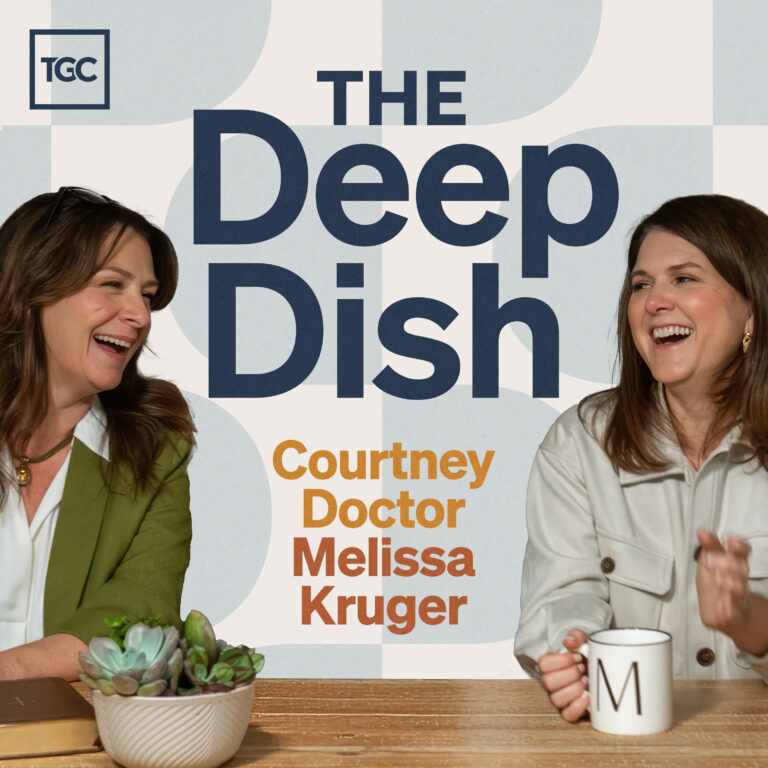This article is excerpted and adapted by permission from Brian G. Hedges’s recent book, Hit List: Taking Aim at the Seven Deadly Sins (Cruciform Press, 2014).
The Christian life is a war, and one of your most lethal enemies hangs its helmet inside your heart.
This infernal, internal enemy is sin, which even after new birth continues to reside in every believer. As followers of Jesus, we’ve been given a simple mission regarding sin: search and destroy. Put it to death.
But in the words of Cornelius Plantinga Jr., in his book Not the Way it is Supposed to Be: A Breviary of Sin, “sin has a thousand faces.” The most famous faces of sin are the so-called “seven deadly sins:” pride, envy, wrath, sloth, greed, gluttony, and lust. The deadly sins are the big seven among our moral and spiritual foes. They are the leading undercover operatives for the world, the flesh, and the Devil, that evil complex of powers arrayed against our souls. And while we may recognize these sins by their names, we are often misled by the subtlety of their methods and ways.
Naming the Sin

The various names and models for understanding the list of seven lend insight into its value. The most common designation, of course, is the one I’ve already used: seven deadly sins. We can agree these sins are deadly, because Scripture clearly teaches that the “wages of sin is death” (Rom. 6:23). But this is true of all sins, not just the seven that made the list.
I find more helpful an older designation for the list of seven: the capital sins. “Capital” comes from the Latin word for head, caput, meaning source, like the head of a river. These sins were considered capital sins not because they were the worst, but because they were gateway sins, what Dorothy Sayers called “well-heads from which all sinful behavior ultimately springs . . . the seven roots of sinfulness.”
But the seven sins should be viewed not only as capital sins, but also as deeply ingrained, character-shaping habits of the heart. This insight is captured by the language of virtue and vice. “Virtues,” Rebecca Konyndyk DeYoung writes in her work Glittering Vices: A New Look at the Seven Deadly Sins and Their Remedies (Brazos Press), “are ‘excellences’ of character, habits, or dispositions of character that help us live well as human beings. . . . Similarly, the vices are corruptive and destructive habits. They undermine both our goodness of character and our living and acting well.” As the vise in your garage or workshop has the capacity to clench an object tightly in the grip of its mechanical jaws, so the seven vices tenaciously hold human beings in their grasp, DeYoung argues further.
Like all sin, the Puritan divine John Owen argues in Overcoming Sin and Temptation, these seven arise from our confused attempts to secure happiness apart from God. Each one of our sins, in other words, is a case of misdirected, disordered love. This perspective was developed by later thinkers like Aquinas and Dante, but it is also a window into the biblical category of idolatry, for idols in Scripture aren’t merely or mainly images of wood and stone, but substitutes for God himself, paramours we pursue with adulterous hearts when we’ve forsaken our divine lover. Seeing our sins as foolish and fatal attempts to find satisfaction apart from God should provoke both sorrow and hope in our hearts. Sorrow, when we realize our sins aren’t mere peccadilloes, but grievous offenses against the lover of our souls. But also hope, when we see that the thirst we sought to quench in broken cisterns is actually a yearning that God alone can satisfy.
Curing the Sin
In my research on the deadly sins, I have found that the ancient moral theologians of the church are helpful for diagnosis, but not always for cure. I’m too far removed from the monastic spirituality of the desert fathers to find them of great help. I’m not a cloistered hermit, but a busy pastor, husband, and father of four children. I inhabit a different theological tradition than they, one that I believe is both more hopeful and more true to the Scriptures. In keeping with the teaching of the Reformers, the Puritans, and their heirs, I’m convinced that the only way to dismantle vices and mortify sin is with a strong dose of justification by faith alone and the heart-transforming ministry of the Holy Spirit.
John Owen writes, “Mortification from a self-strength, carried on by ways of self-invention, unto the end of a self-righteousness, is the soul and substance of all false religion in the world.” Unfortunately, he describes just the kind of moral advice given by many counselors both living and dead: a prescription of cognitive therapy, behavior modification, or religious practices that may result in superficial change, but essentially leave us to ourselves, with hearts untouched by the love of Christ and the grace of his Spirit.
Killing sin isn’t simply a matter of exercising greater willpower. It’s not less than that, of course, but it is far more. For the only effective way to mortify sin is to draw on the resources already ours through our union with Christ in his death and resurrection. Then, with the confident security of God’s grace beneath us, the solid hope of glory before us, and the power of his Spirit within us, we can enter the fray. No, we won’t achieve perfection. But we don’t have to, for Christ’s obedience is already ours. The war is already won. “’It is finished’” (John 19:30).
This means we can fight with confidence, knowing we’re already accepted in Christ and someday we will be fully conformed to his glorious image once and for all. And this means real change is possible now, even as the battle continues. Therefore, my friend, in the words of John Owen, set faith at work on Christ for the killing of your sin. His blood is the great sovereign remedy for sin-sick souls. Live in this, and you will die a conqueror; yea, you will, through the good providence of God, live to see your lust dead at your feet.
“The Most Practical and Engaging Book on Christian Living Apart from the Bible”
 “If you’re going to read just one book on Christian living and how the gospel can be applied in your life, let this be your book.”—Elisa dos Santos, Amazon reviewer.
“If you’re going to read just one book on Christian living and how the gospel can be applied in your life, let this be your book.”—Elisa dos Santos, Amazon reviewer.
In this book, seasoned church planter Jeff Vanderstelt argues that you need to become “gospel fluent”—to think about your life through the truth of the gospel and rehearse it to yourself and others.
We’re delighted to offer the Gospel Fluency: Speaking the Truths of Jesus into the Everyday Stuff of Life ebook (Crossway) to you for FREE today. Click this link to get instant access to a resource that will help you apply the gospel more confidently to every area of your life.


































